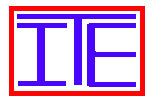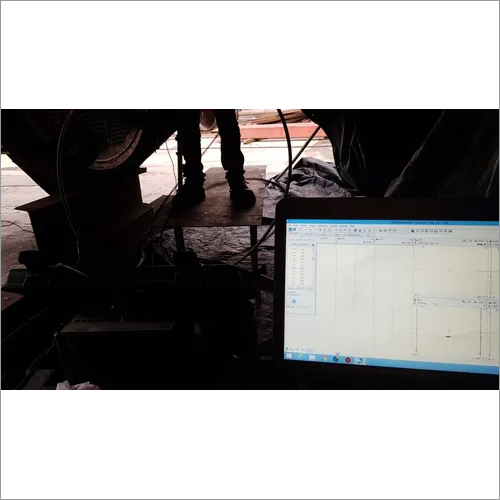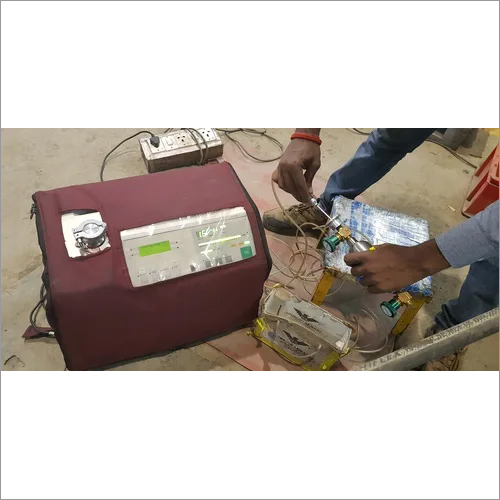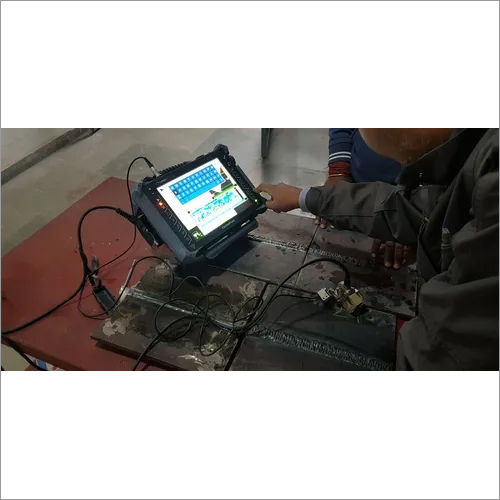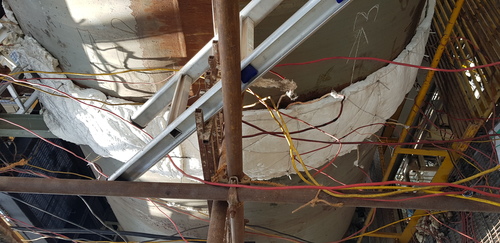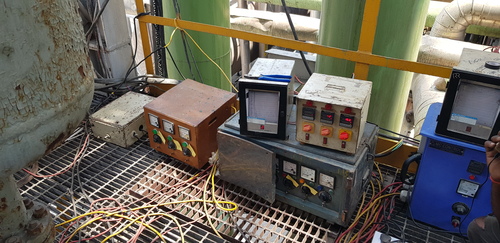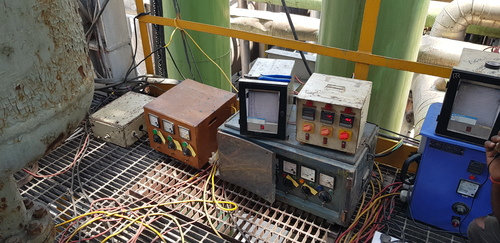Steel Heat Treatment
About Steel Heat Treatment
A STEEL is usually defined as an alloy of iron and carbon with the carbon content between a few hundreds of a percent up to about 2 wt%. Other alloying elements can amount in total to about 5 wt% in low-alloy steels and higher in more highly alloyed steels such as tool steels and stainless steels. Steels can exhibit a wide variety of properties depending on composition as well as the phases and microconstituents present, which in turn depend on the heat treatment.
STRESS-RELIEF HEAT TREATING is used to relieve stresses that remain locked in a structure as a consequence of a manufacturing sequence. This definition separates stress-relief heat treating from postweld heat treating in that the goal of postweld heat treating is to provide, in addition to the relief of residual stresses, some preferred metallurgical structure or properties. For example, most ferritic weldments are given postweld heat treatment to improve the fracture toughness of the heat-affected zones (HAZ). Moreover, austenitic and nonferrous alloys are frequently postweld heat treated to improve resistance to environmental damage. Stress-relief heat treating is the uniform heating of a structure, or portion thereof, to a suitable temperature below the transformation range, holding at this temperature for a predetermined period of time, followed by uniform cooling. Care must be taken to ensure uniform cooling, particularly when a component is composed of variable section sizes. If the rate of cooling is not constant and uniform, new residual stresses can result that are equal to or greater than those that the heat-treating process was intended to relieve. Stress-relief heat treating can reduce distortion and high stresses from welding that can affect service performance. The presence of residual stresses can lead to stress-corrosion cracking (SCC) near welds and in regions of a component that has been cold strained during processing. Furthermore, cold strain per se can produce a reduction in creep strength at elevated temperatures. Residual stresses in a ferritic steel cause significant reduction in resistance to brittle fracture. In a material that is not prone to brittle fracture, such as an austenitic stainless steel, residual stresses can be sufficient to provide the stress necessary to promote SCC even in environments that appear to be benign.
NORMALIZING OF STEEL is a heat-treating process that is often considered from both thermal and microstructural standpoints. In the thermal sense, normalizing is an austenitizing heating cycle followed by cooling in still or slightly agitated air. Typically, the work is heated to a temperature about 55 C (100 F) above the upper critical line of the ironiron carbide phase diagram. To
be properly classed as a normalizing treatment, the heating portion of the
process must produce a homogeneous austenitic phase (face-centered cubic,
or fcc, crystal structure) prior to cooling.
A broad range of ferrous products can be normalized. All of the standard lowcarbon,
medium-carbon, and high-carbon wrought steels can be normalized, as
well as many castings. Many steel weldments are normalized to refine the
structure within the weld-affected area. Austenitic steels, stainless steels, and
maraging steels either cannot be normalized or are not usually normalized.
Tool steels are generally annealed by the steel supplier. The purpose of
normalizing varies considerably. Normalization may increase or decrease the
strength and hardness of a given steel in a given product form, depending on
the thermal and mechanical history of the product. Actually, the functions of
normalizing may overlap with or be confused with those of annealing,
hardening, and stress relieving.
Improved machinability, grain-structure refinement, homogenization, and
modification of residual stresses are among the reasons normalizing is done.
Homogenization of castings by normalizing may be done in order to break up
or refine the dendritic structure and facilitate a more even response to
subsequent hardening. Similarly, for wrought products, normalization can help
reduce banded grain structure due to hot rolling, as well as large grain size or
mixed large and small grain size due to forging practice.
ANNEALING is a generic term denoting a treatment that consists of heating to
and holding at a suitable temperature followed by cooling at an appropriate
rate, primarily for the softening of metallic materials. Generally, in plain carbon
steels, annealing produces a ferrite-pearlite microstructure. Steels may be
annealed to facilitate cold working or machining, to improve mechanical or
electrical properties, or to promote dimensional stability. The choice of an
annealing treatment that will provide an adequate combination of such
properties at minimum expense often involves a compromise. Terms used to
denote specific types of annealing applied to steels are descriptive of the
method used, the equipment used, or the condition of the material after
treatment.
PREHEATING involves heating the base metal prior to welding, either in its
entirety or just the region surrounding the joint, to a specific temperature,
known as the preheat temperature. Heating may be continued during the
welding process. The interpass temperature, defined as the base metal
temperature between the welding passes, cannot fall below the preheat
temperature. To do so, Preheating of the metal is done so that the rate of
cooling can be minimised. Due to welding heat being supplied to the job,
heating at the time of welding may not always be required. Preheating can
produce many beneficial effects; however, without a working knowledge of
the fundamentals involved, one risks wasting money, or even worse, degrading
the integrity of the weldment.
There are four primary reasons to utilize preheat: (1) it lowers the cooling rate
in the weld metal and base metal, producing a more ductile metallurgical
structure with greater resistant to cracking (2) the slower cooling rate provides
an opportunity for any hydrogen that may be present to diffuse out harmlessly
without causing cracking (3) it reduces the shrinkage stresses in the weld and
adjacent base metal, which is especially important in highly restrained joints
and (4) it raises some steels above the temperature at which brittle fracture
would occur in fabrication. Additionally, preheat can be used to help ensure
specific mechanical properties, such as notch toughness.
In determining whether or not to preheat, the following array of factors should
be considered: code requirements, section thickness, base metal chemistry,
restraint, ambient temperature, filler metal hydrogen content and previous
cracking problems. If a welding code must be followed, then the code generally
will specify the minimum preheat temperature for a given base metal, welding
process and section thickness. This minimum value must be attained regardless
of the restraint or variation in base metal chemistry; however, the minimum
value may be increased if necessary. An example is illustrated in the next
section.
When there are no codes governing the welding, one must determine whether
preheat is required, and if so, what preheat temperature will be appropriate.
In general, preheat usually is not required on low carbon steels less than 1 in,
(25 mm) thick. However, as the chemistry, diffusible hydrogen level of the
weld metal, restraint or section thickness increases, the demand for preheat
also increases. There are several methods to determine the required preheat
temperature for a given base metal and section thickness that will be discussed
in the next section.
Areas Served :- Delhi, Uttar Pradesh, Haryana, Punjab, Maharashtra, Bihar, Rajasthan, Himachal Pradesh, Uttarakhand, Madhya Pradesh, Jammu & Kashmir, Gujarat, Sikkim, Greater Noida, Ghaziabad, Noida, Nepal, Entire North India and South India, United Arab Emirates, Dubai, Qatar, Saudi Arabia, Africa, Egypt, Bahrain, Oman, etc.
Product details
Techniques of Heat Treating | Electrical Resistance Coil Method |
Material | Steel |
Furnace Type | Resistance Coil Method (Not Furnace) |
Types of Potential Treatment | Post Heating, PWHT, Stress Relieving, Pre Heating |
Type Of Heat Treatment | Post Heating, PWHT, Stress Relieving, Pre Heating |
Post Weld Heat Treatment Consumables | Preheater With Magnets |
Work Piece Material | Steel |
Service Mode | Offline |
Running Duration | 8 Hours |
Post Weld Heat Treatment Equipment | Post Weld Heat Treatment Cooper heat |

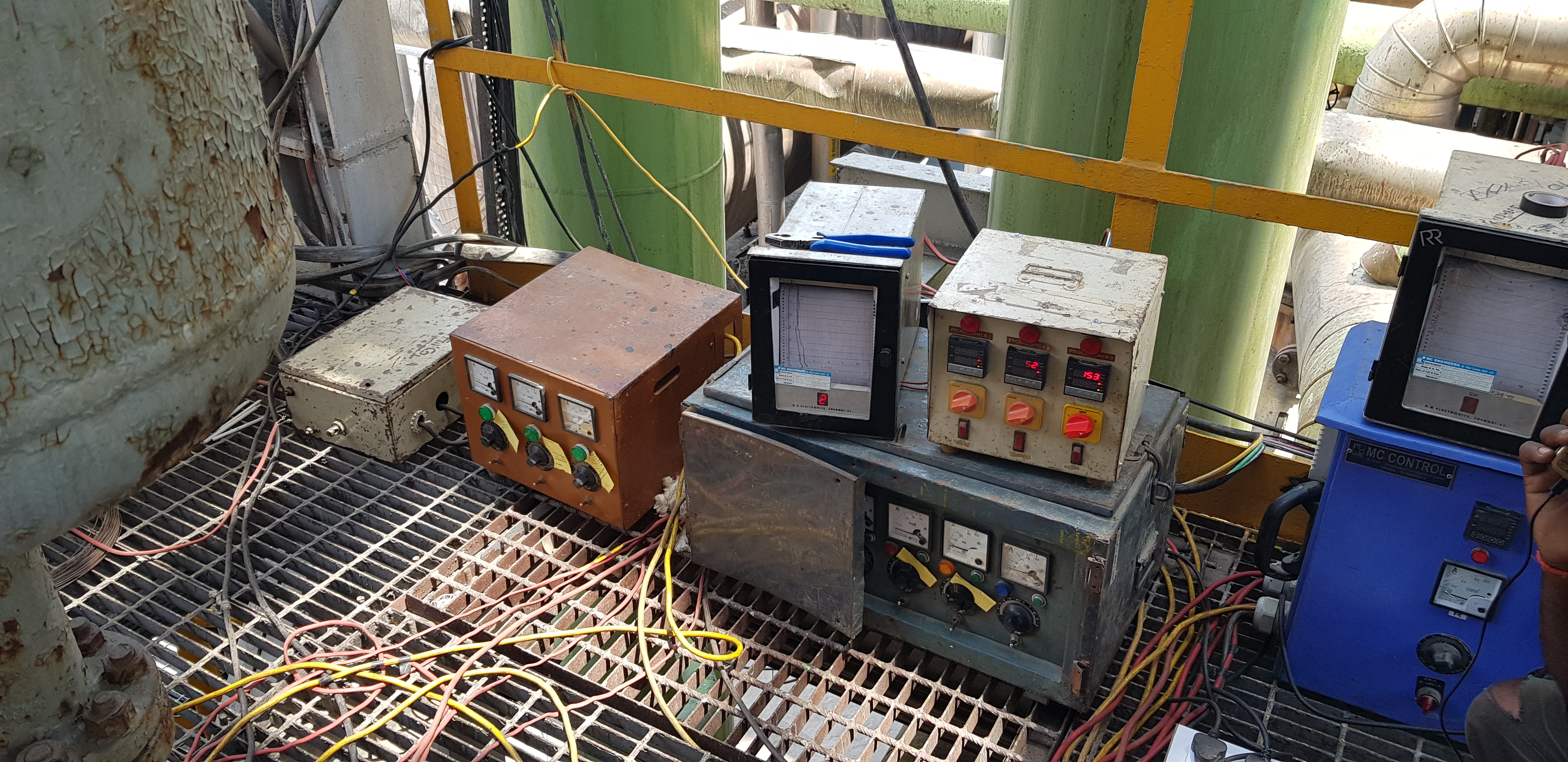


Price:
- 50
- 100
- 200
- 250
- 500
- 1000+
More Products in Heat Treatment Services Category
 |
INSPECTION & TESTING ENGINEERS
All Rights Reserved.(Terms of Use) Developed and Managed by Infocom Network Private Limited. |
 English
English Spanish
Spanish French
French German
German Italian
Italian Chinese (Simplified)
Chinese (Simplified) Japanese
Japanese Korean
Korean Arabic
Arabic Portuguese
Portuguese